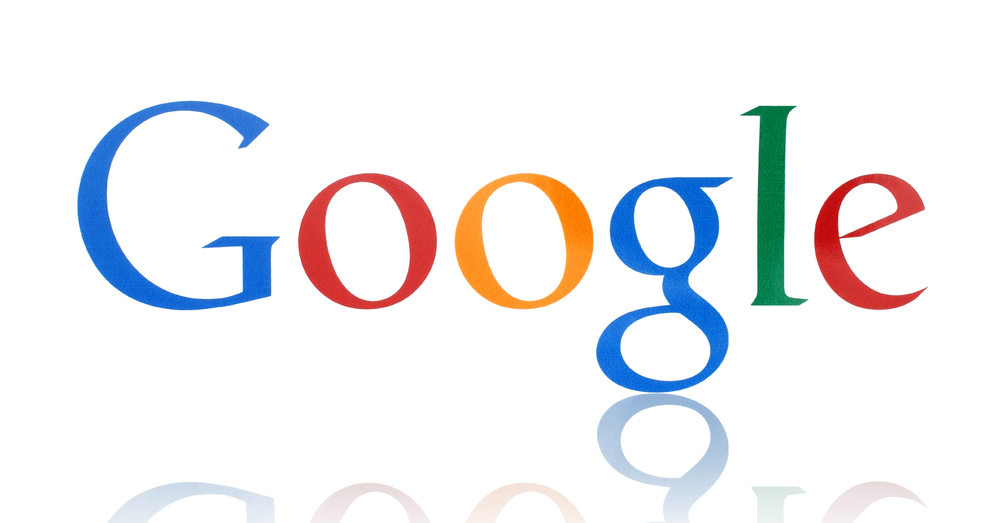Google has been massively (and quietly) increasing its presence in the regenerative medicine sector for several years.
The facility in Mountain View, California, is about 30 miles north of Alphabet Inc., the holding company for Google (NASDAQ: GOOG). It could support as many as 1,000 Verily Life Sciences employees. Land is also included in lease, a rarity in the Bay Area, allowing Verily the potential for future expansion.
As background, Google Life Sciences was renamed “Verily” on December 9, 2015. Verily used to be part of Google X, Google’s “moonshot lab,” but it is now managed independently.
What Regenerative Medicine Ventures Has Google Pursued?
According to Lift Labs, it joined Google X, Google’s moonshot laboratory, in 2014. Life Labs has designed a “smart spoon” to balance the instability experienced by people with hand tremors, including those with neurodegenerative conditions, such as Parkinson’s disease and multiple sclerosis (MS). Know as Liftware, the company’s products are designed to assist with either hand “steadiness” or “levelness.”
In collaboration with Alcon, Google X Life Sciences team is also developing contact lenses capable of monitoring glucose levels present in eye secretions. A July 2014 statement released by Alcon states, “The agreement with Google X, a team within Google that is devoted to finding new solutions to big global problems, provides Alcon with the opportunity to develop and commercialize Google’s ‘smart lens’ technology with the potential to transform eye care and further enhance Alcon’s pipeline and global leadership in contact lenses and intraocular lenses.”
Google has also pursued other ventures and technologies related to healthcare. On January 28th, 2015, in an announcement titled “Google, Biogen Seek Reasons for Advance of Multiple Sclerosis,” Google announced it would be collaborating with multiple sclerosis drugmaker Biogen Idec to identify environmental and biological factors related to the progression of MS.
Additionally, Google X is exploring a nanoparticle pill with the capacity to monitor risk potential for cancers and myocardial infarction (heart attack), using a wrist-worn device. In Google X language, it will be a “proactive medication” to support the detection of minute changes that may indicate a shift from health-to-disease, such as the presence of cancer cells in the bloodstream when they first appear.
The CEO of Google’s Verily, Andrew Conrad, speaks about this technology in the 5 minute video below. He describes how Google X plans to use a wristband to collect data from these magnetic nanoparticles. More specifically, it will facilitate cancer detection by attaching nanoparticles to cancerous cells, illuminating them for detection by a photometric device, and allowing readout through the superficial veins of the arm
Interestingly, to develop this technology, Google Life Sciences had the create prototypes of arms that were as real as possible. In doing so, choose to incorporate human skin that was donated for medical research.
Later, in December 2015, Google’s Verily and Ethicon, a Johnson & Johnson medical device company, announced the formation of a startup called Verb Surgical. According to Verb Surgical, it “aims to develop a comprehensive surgical solutions platform that will incorporate leading-edge robotic capabilities and best-in-class medical device technology for operating room professionals.”
In an October 2016 statement made to MassDevice.com, J&J’s Worldwide Medical Devices Chairman, Gary Pruden, and Verily CEO, Andrew Conrad, assessed the field of robotic surgery, identifying that the “fast-growing sector is dominated by Intuitive Surgical (NSDQ:ISRG) and its da Vinci system.” However, the two did not consider that system to be a robot, but rather an “extension of an surgeon’s eyes and hands.”
Therefore, the partnership between J&J and Verily is pursuing the integration of Big Data, anatomical recognition software, advanced analytics, and real-time user feedback to dramatically improve surgical skill and consistency.
Most recently, in October 2016, 3M Health Information Systems said it was teaming with the Google’s Verily to develop technology to support population health management. Under the terms of the agreement, Verily will provide “advanced analytics capabilities” to 3M’s existing offerings in data coding and risk stratification.
Additionally, Google has partnered or backed a number of other early-stage regenerative medicine ventures, including:
- Calico Labs, is an Alphabet-backed aging research company headquartered in South San Francisco
- GRAIL,is an early cancer diagnostics company headed by former Google employee, Jeff Huber and supported by GV, the former Google Ventures
- Verb Surgical a medical robot joint venture with Johnson & Johnson (J&J)
Finaly, Google has made financial investments into a number of early-stage life science ventures, including:
- DNANexus – In January 2014, Google Ventures joined a group of investors seeding DNANexus’ cloud-computing services for biomedical researchers with a $15M C round.
- Rani Therapeutics – In April 2013, Google Ventures joined forces with InCube Ventures and VentureHealth to fund a $10M Series B round for Rani Therapeutics.
- SynapDx – In July 2013, Google led SynapDx’s $15.4M funding round.
- Transcriptic – In December 2012, Transcriptic raised $1.2M in a seed funding round that included Google Ventures, as well as private investors Mark Cuban and Naval Ravikant.
What Does Google’s Regenerative Medicine Activity Mean?
What is intriguing about Google’s frequent regenerative medicine efforts is that it has been relatively quiet about them. With reported revenues of USD $89.5 billion in 2016 and a market capitalization of USD $510 billion dollars, Google could clearly afford a PR firm.
Although Google has not been silent about its regenerative medicine efforts, given the enormous financial resources at its disposal, perhaps it is quietly and patiently building itself a healthcare empire.
